Memento Mori
This is a cycle of works that tries to deal with the themes of life’s transience, loss of hope and the inevitability of fate from different angles.
So, a classic medieval motif related to the funerary art of that time, but with a touch of the 21st century and ideas of posthumanism and transhumanism.
“Grotesque Party”
Left panel — Coming to the Party
Central panel — Ecstatic Dance
Right panel — Words of Comfort
This triptych is an allegorical representation of the human game of life from the beginning to the very end.
The left panel shows grotesque characters arriving at the party, each with their own unique mask and role. The scene symbolizes the beginning of life, and all the actors are full of optimism and focused on the fulfillment of their desires and expectations, where the exterior often serves only to hide deeper truths.
The central panel shows the madness and euphoria of life in full swing. The dance is simultaneously joyful and chaotic, reflecting the ups and downs of our existence. The vibrant energy of the scene speaks to the fleeting nature of those moments, which, although intense, quickly fade away.
The final panel shows a quieter, more introspective moment as the party draws to a close, symbolizing the end of our life’s journey, where reflections on the experiences and roles we’ve played come to the fore. There is a gentle acceptance of the fact that the light will soon fade, and then completely disappear, and that the curtains of life’s show are slowly coming down.
The triptych invites reflection on transience, fate, and finality.
“The Final Countdown”
Left panel — Mors Ante Portas
Central panel — Without a Last Wish
Right panel — The Silent Farewell
“The Final Countdown” is an attempt to symbolically depict our journey into inevitability, using a harsh dark visual aesthetic. There are strong thematic elements of death, transience and fatalism.
The left panel shows a girl who, standing at the bottom of the stairs, obediently and as if in a soldier’s attitude, welcomes the ominous master, i.e. the messenger of death.
The central panel is dominated by an elderly woman at the zenith of her life, as a kind of metaphor for the passage of time. Her pose, tired decrepit face and dilapidated body speak of a person who is at the end of her journey. She is resigned to her fate, but she is determined and lives her last moments without fear, even without desire.
The right panel is the end, the old woman standing with fatalistic calm sees off another departure, and the diabolical creature at the bottom of the panel takes care of the remains, symbolizing the notion of nothingness.
Taken as a whole, the panels gradually reveal stages of transition, from the initial confrontation with death in “Mors Ante Portas,” to the sense of resignation in “Without a Last Wish,” to the final, quietly melancholic “The Silent Farewell.”
“The Last Day of a Death Row Prisoner”
Left panel — The Appeal Was Rejected
Central panel — Prayer In Solitude
Right panel — Time is Up, Sir!
This triptych is inspired by Clive Barker’s short story “Dread,” in which the author masterfully delves into the theme of human horror. The triptych portrays the dramatic moments in the life of a death row prisoner, from the realization that their final appeal for clemency has been denied, through solitary prayer, to the final execution. This work deeply explores human suffering, the loss of hope, and the confrontation with an inevitable fate, encouraging reflection on themes of remorse, justice, and human suffering.
In order to achieve a complete experience, I suggest you listen to the surreal music of the Swedish composer Peter Andersson: raison d’être - Decay (Version 2) – https://youtu.be/MY6tiDA0EWQ
“Dystopian Dance Macabre”
Left panel — Prelude to Dusk
Central panel — Embrace of Shadows
Right panel — The Cyborg’s Triumph
“Dystopian Dance Macabre” presents a contemporary version of a classical art motif.
The “Prelude to Dusk” panel visually and emotionally represents the beginning of the game of death. The female person looks languid and as if she is resisting death with her last strength. Her despair and sense of powerlessness are obvious, but also the last glimmer of the will to live.
The “Embrace of Shadows” panel, as a link between the beginning and the end, shows the moment when the girl died and continues to dance in the embrace of death. The transformation of her face into a skull further emphasizes the ultimate helplessness in the face of death, and the dark and cold tones in the background reinforce the atmosphere of hopelessness.
“The Cyborg’s Triumph” is a key panel in which the narrative develops in a completely different direction, towards an unexpected transhumanist turn, where life with the help of the most advanced technology wins the battle for the first time. The woman has become a cyborg, she is freed from mortality and indulges in her ecstatic play in a kind of euphoric release.
Times have changed, the Middle Ages are far behind us. The dialogue about new forms of human existence and the inevitable blurring of the border between man and machine continues for a long time. Who knows, maybe in the near future I will become a cyborg, maybe I will be uploaded, maybe there are thousands of ways ahead of us to realize Gilgamesh’s great dream!


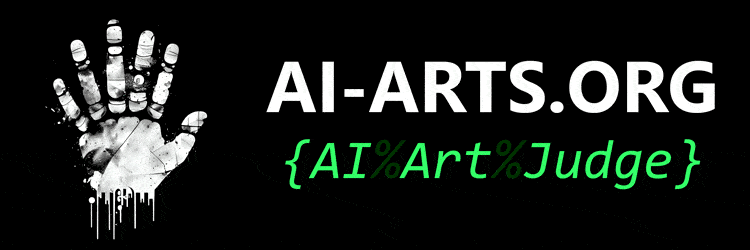
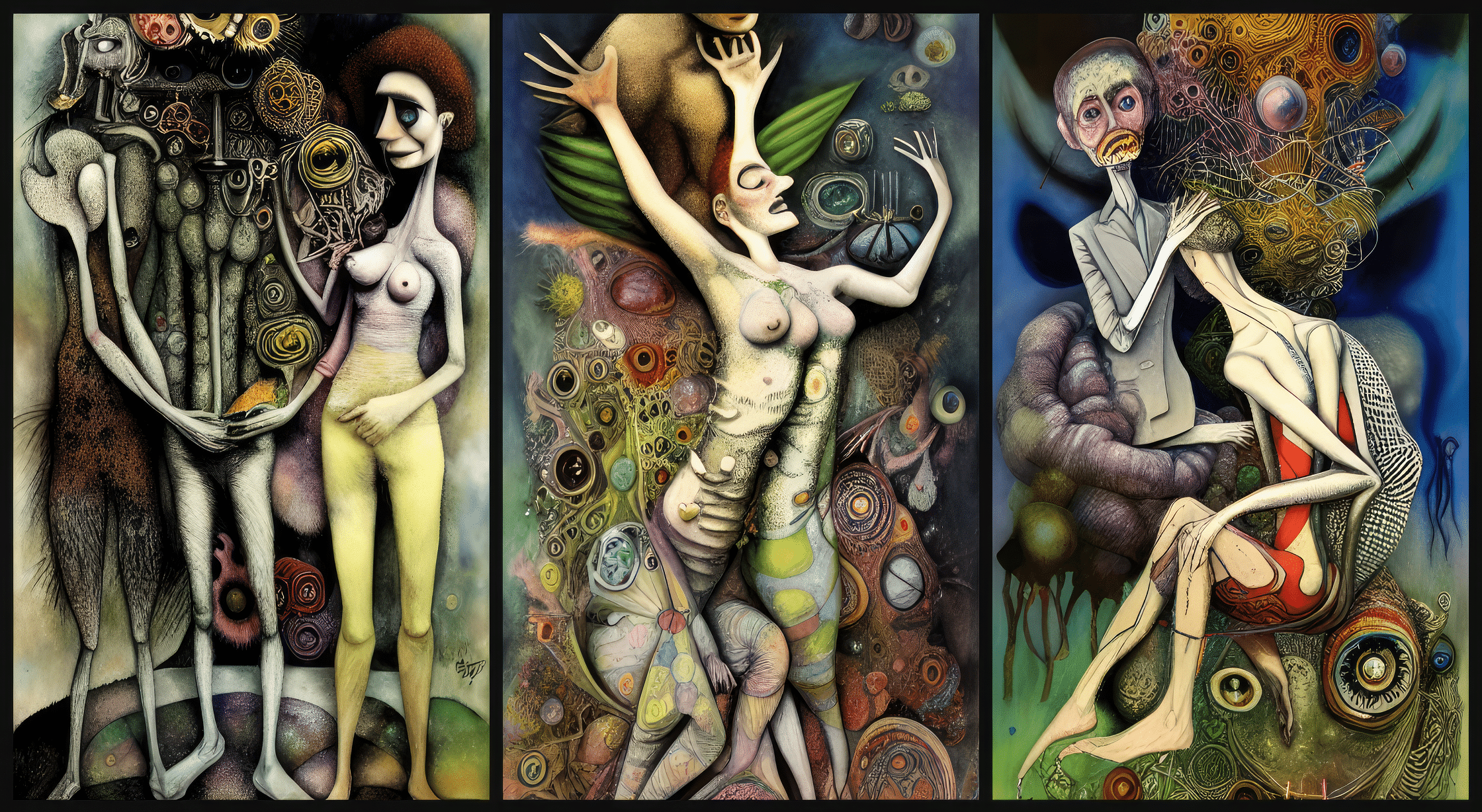

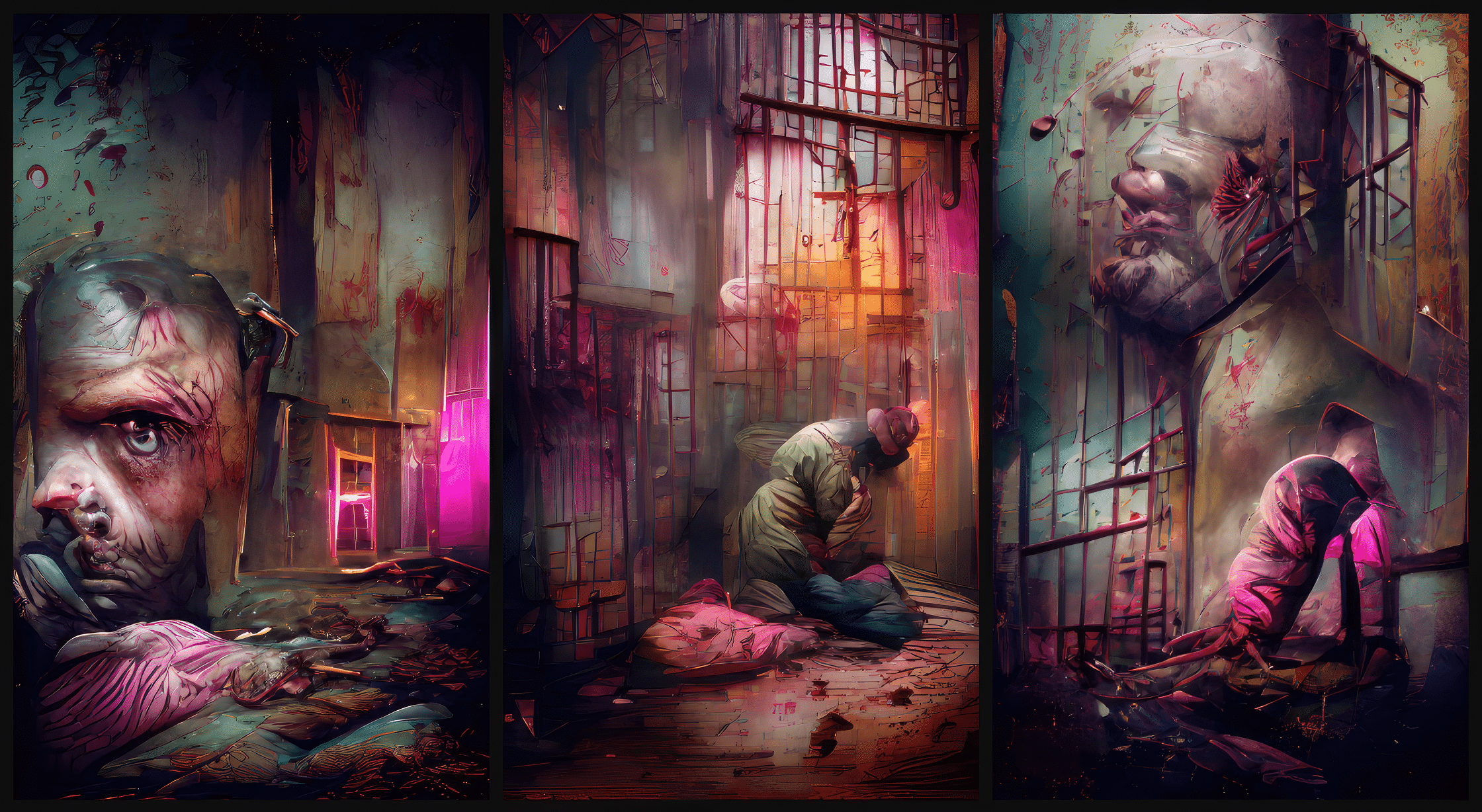
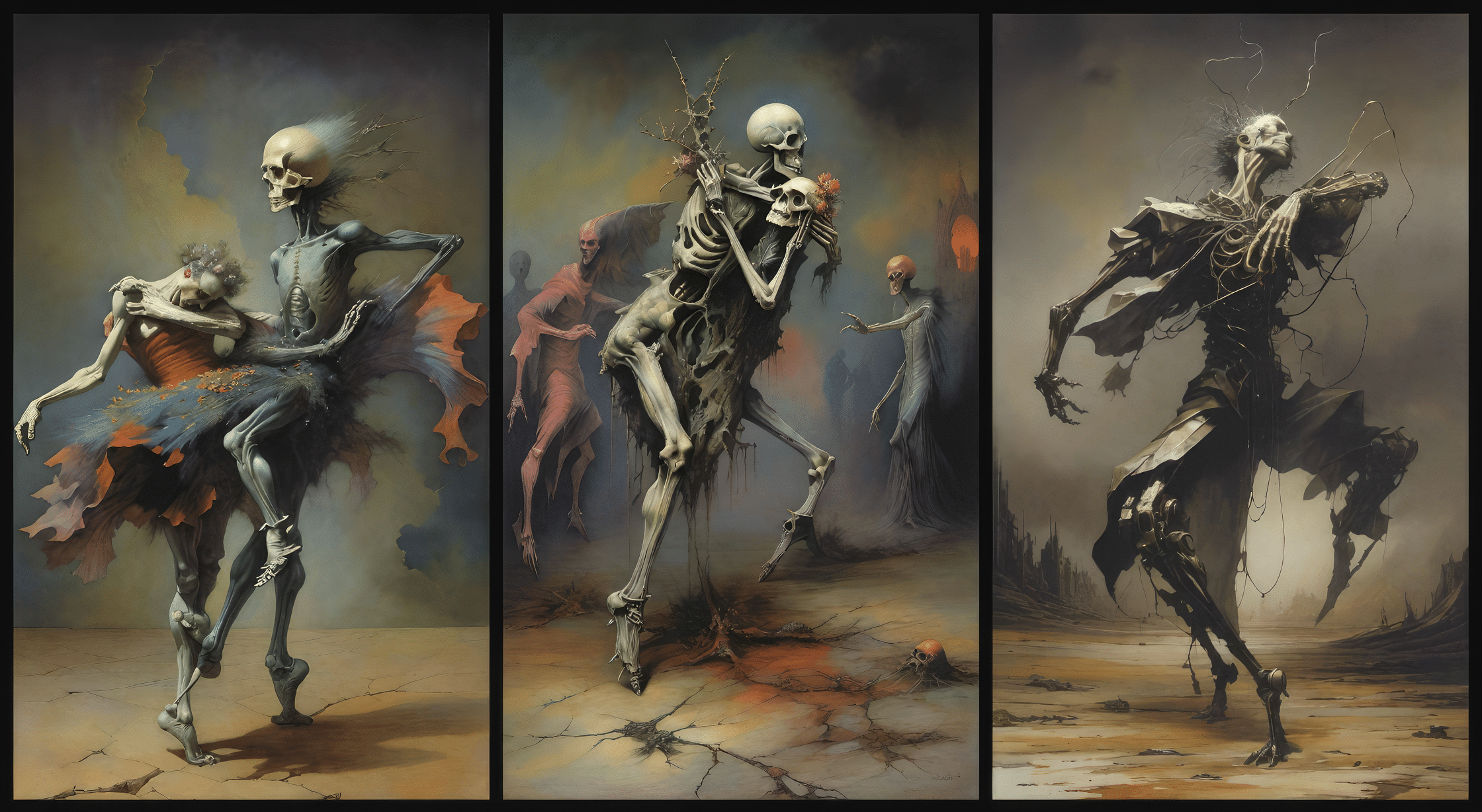
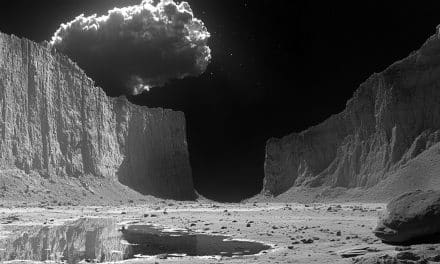



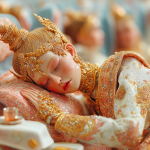
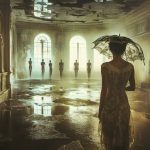
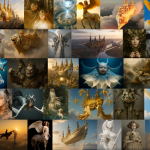








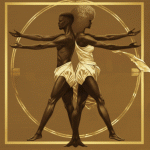










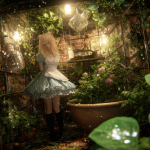
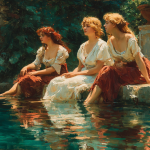
Comments